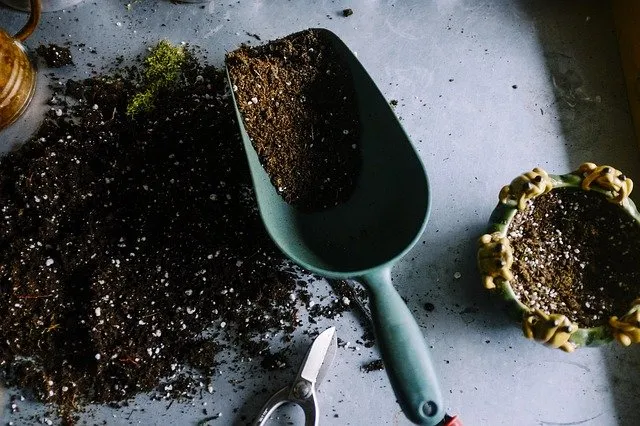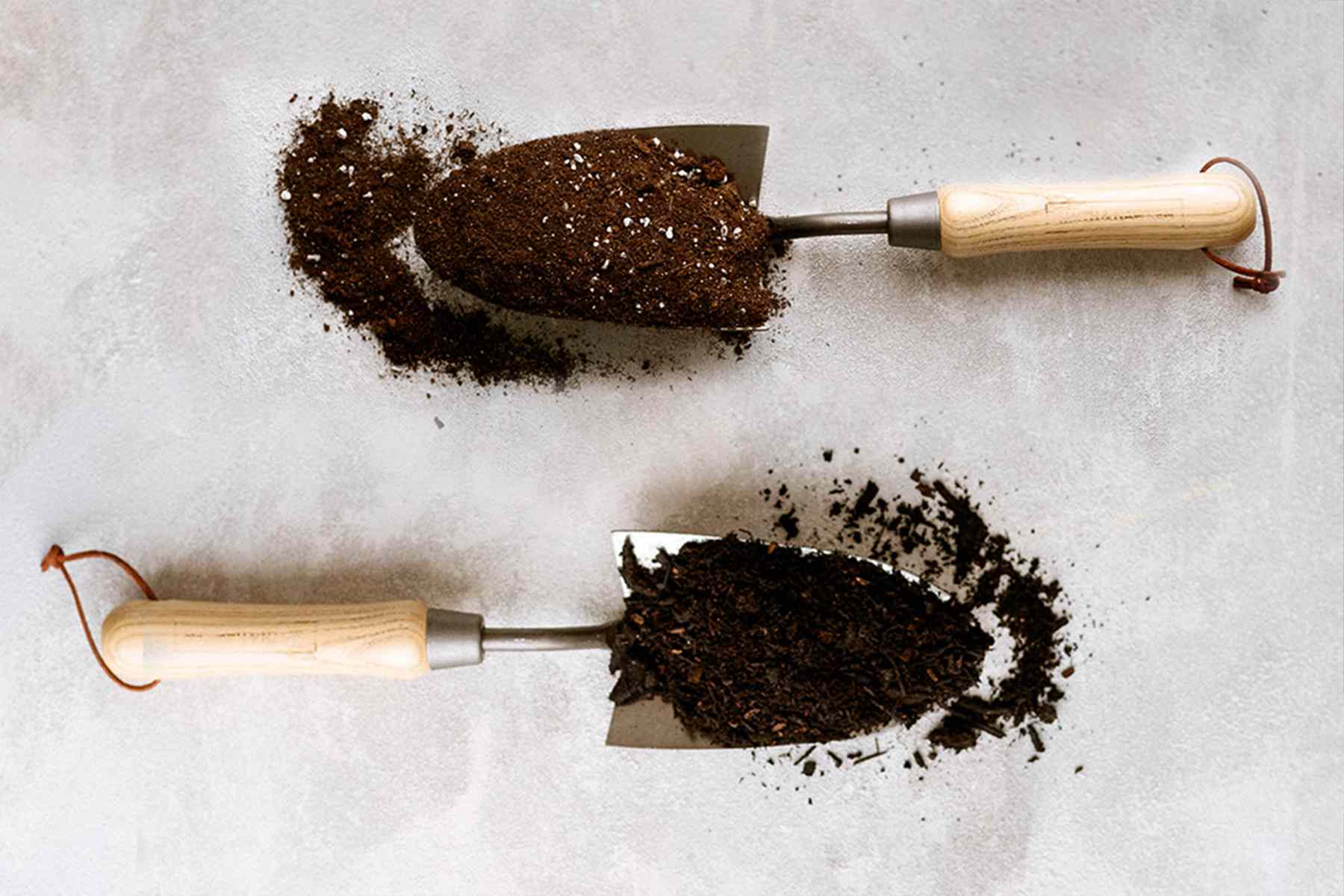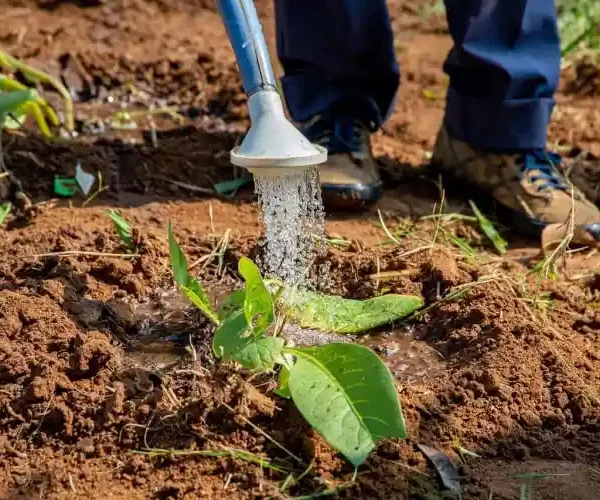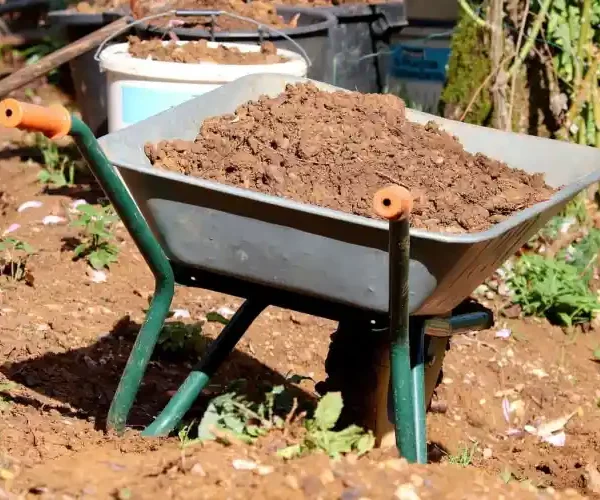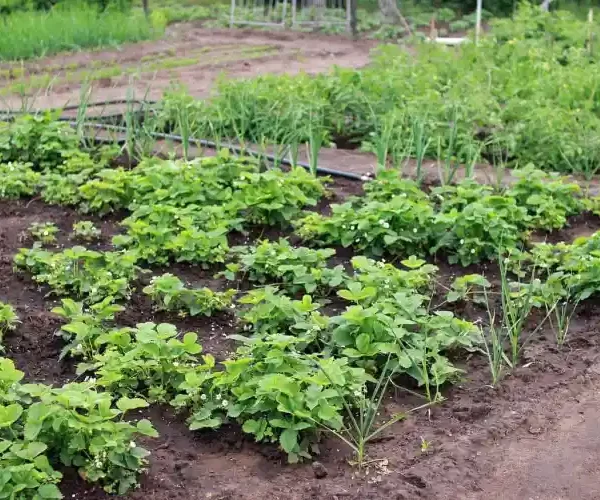Introduction
Potting soil and potting mix are formulated blends used in container gardening to provide plants with necessary nutrients, aeration, and moisture retention. Despite often being used interchangeably, they differ in composition and suitability for various plant needs.
Definition and Composition
Potting Soil
Potting soil is a soil-based medium that typically includes a mix of natural soil (like garden soil or loam), organic matter (such as compost), and sometimes added nutrients like fertilizers. It aims to mimic outdoor soil conditions while providing better drainage and aeration suitable for container plants.
Potting Mix
Potting mix, often referred to as soilless mix, does not contain natural soil but is composed of various organic and inorganic materials. These may include peat moss, perlite, vermiculite, coconut coir, and sometimes added nutrients or fertilizers. Potting mixtures are designed to be lightweight, well-draining, and sterile to support healthy root growth in containers.
Key Differences
Composition
- Potting Soil: Contains natural soil components and organic matter, providing nutrients and structure.
- Potting Mix: Soilless mixture with ingredients like peat moss and perlite, focusing on aeration and moisture retention.
Nutrient Availability
- Potting Soil: Nutrients can vary based on soil content, often requiring additional fertilization over time.
- Potting Mix: Typically contains added nutrients or slow-release fertilizers, providing a balanced nutrient profile for plants.
Drainage and Aeration
- Potting Soil: Moderate drainage depending on soil type; may compact over time.
- Potting Mix: Excellent drainage and aeration due to lightweight, porous materials like perlite and coir.
Usage and Application
Potting Soil: Ideal for plants that benefit from a more substantial soil structure, such as outdoor container gardening or plants that require nutrient-rich soil conditions.
Potting Mix: Suitable for a wide range of container plants, especially those needing well-draining soil conditions, like succulents, herbs, and houseplants.
Considerations for Choosing
Plant Needs
- Select based on the specific requirements of your plants, considering moisture needs, root structure, and nutrient preferences.
Container Type
- The type of container and its drainage capabilities influence the choice between potting soil (for heavier containers) and potting mix (for lightweight or hanging containers).
Environmental Impact and Sustainability
Peat vs. Coir
- Consider environmental impacts; coir is a sustainable alternative to peat moss, which raises concerns about peat bog depletion.
What is potting soil made of?
Potting soil typically contains natural soil components like garden soil or loam, mixed with organic matter such as compost or manure, and sometimes added fertilizers.
How is potting mix different from potting soil?
Potting mix, or soilless mix, does not contain natural soil. It consists of materials like peat moss, perlite, vermiculite, and coconut coir, designed for optimal aeration and drainage in containers.
Can potting soil and potting mix be used interchangeably?
While they are often used interchangeably, potting soil and potting mix have different compositions and are suited for different types of plants and growing conditions.
Which is better for drainage, potting soil or potting mix?
Potting mix is typically better for drainage due to its lightweight components like perlite and coir, whereas potting soil’s drainage can vary based on its soil content.
Do potting soil and potting mix provide nutrients for plants?
Potting soil may contain nutrients from natural soil and added compost, while potting mix often includes added nutrients or slow-release fertilizers to support plant growth.
Can potting soil be used for indoor plants?
Yes, potting soil is suitable for indoor plants that benefit from a nutrient-rich medium and may need less frequent watering due to its moisture-retaining properties.
What types of plants benefit most from potting mix?
Plants that require excellent drainage, like succulents, cacti, and herbs, thrive in potting mix due to its lightweight and well-aerated structure.
How often should potting soil be replaced?
Potting soil should be replaced every 1-2 years or as needed to refresh nutrients and prevent compacting, depending on plant growth and container size.
Is potting mix more environmentally friendly than potting soil?
Potting mix can be more environmentally friendly if it includes sustainable alternatives to peat moss, such as coconut coir, which reduces the environmental impact of peat extraction.
Can potting soil or potting mix be reused?
Both potting soil and potting mix can be reused with proper sterilization and amendment with fresh compost or fertilizer to replenish nutrients and improve soil structure.
- Rhode Island’s Favorite THC Infused Beverages - June 5, 2025
- THC Soda and Drink Options in Idaho - May 28, 2025
- Ohio’s Go-To THC Infused Beverages - May 28, 2025

